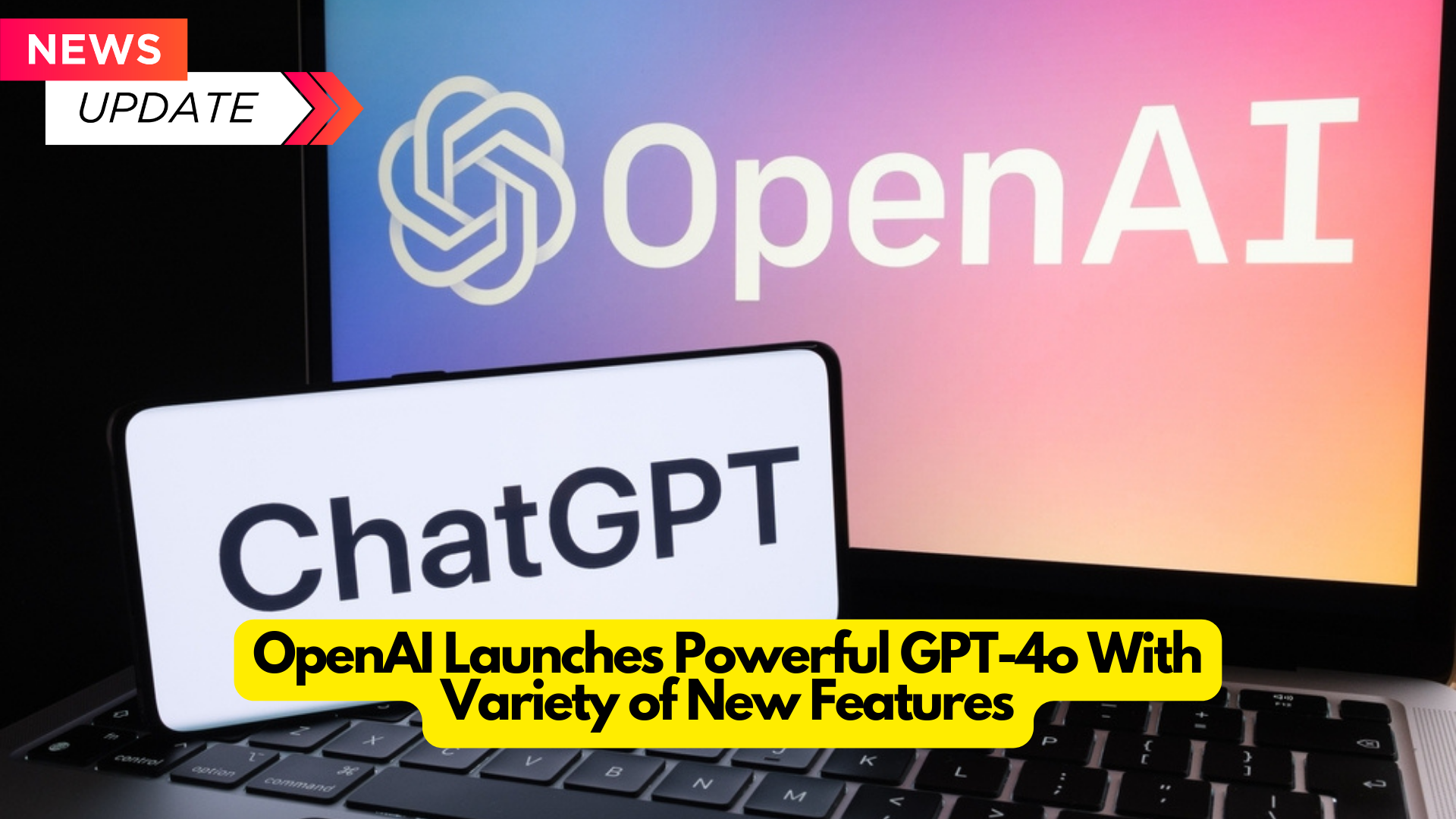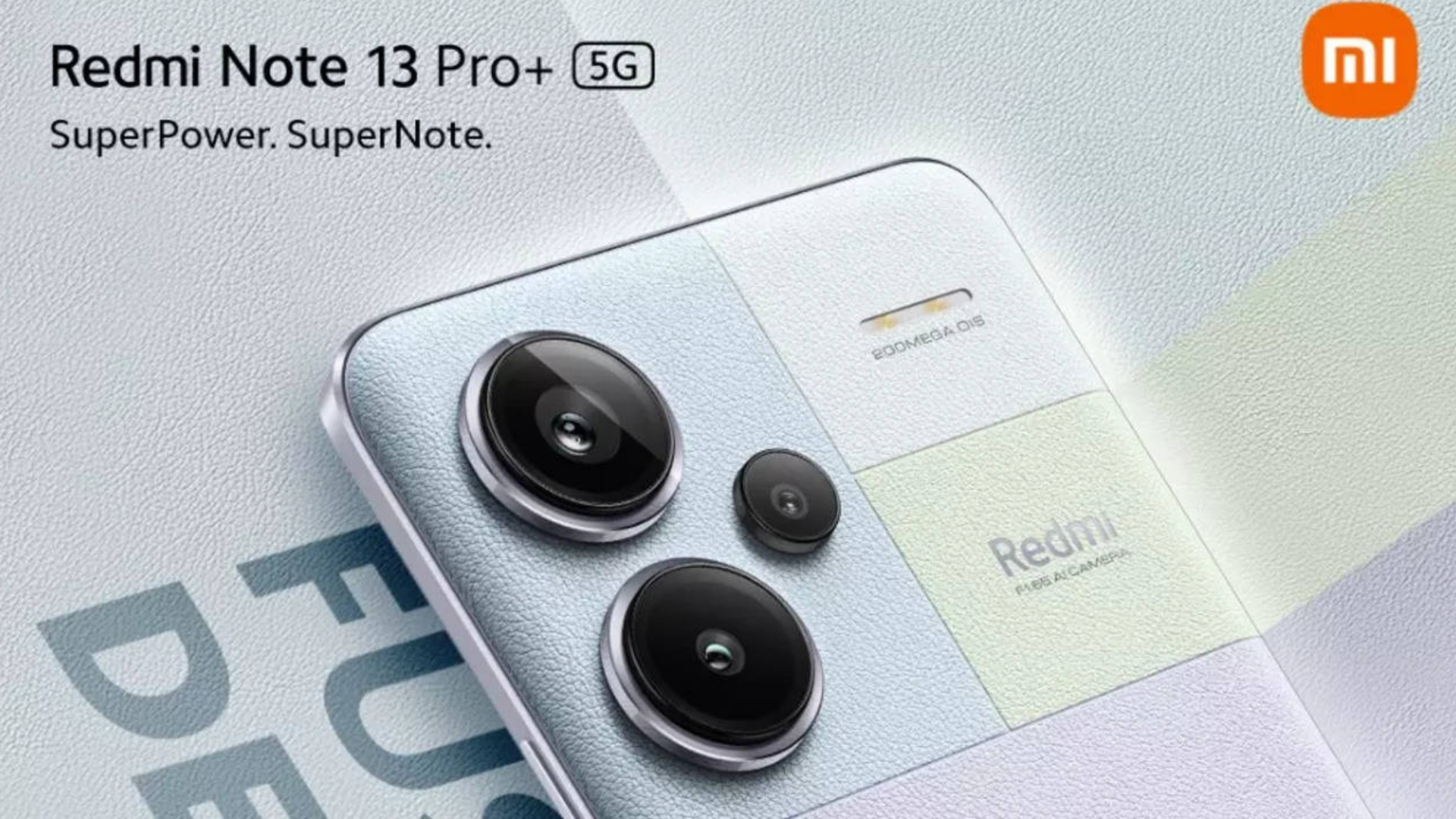Table of Contents
ToggleWe now have OpenAI’s GPT-4o! This potent AI provides text, images, and maybe other functionalities. Check out how to utilize it.
The creators of the well-known ChatGPT, OpenAI, have released GPT-4o, their most recent AI model. With this improvement, human-computer interaction is expected to advance significantly. However, how can one begin using GPT-4o? Here are all of the new AI model’s details.
Introducing GPT-4o, our latest flagship model capable of real-time reasoning in text, visual, and audio: [t.co/MYHZB79UqN]
API and ChatGPT are now accepting text and picture input; voice and video will follow in the upcoming weeks. tweet.com/uuthKZyzYx
OpenAI, May 13, 2024 (@OpenAI)
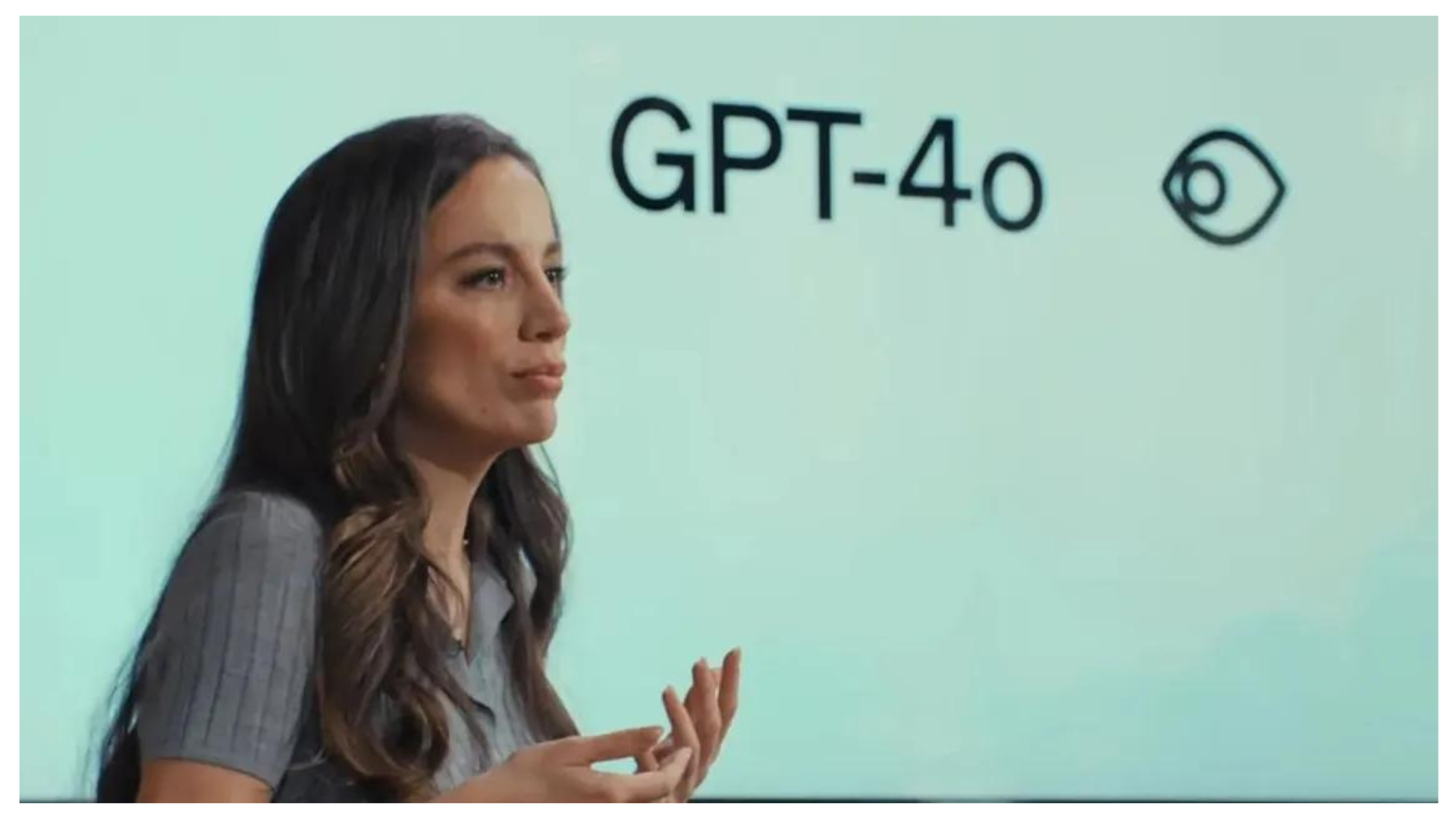
GPT-4o: What is it?
GPT-4o’s “o” stands for “omni,” indicating its adaptability. GPT-4o has the ability to handle a wide range of inputs and outputs, unlike its predecessors. GPT-4o supports text, voice, and picture input, enabling a multimodal user experience.
A step toward even more realistic human-computer interaction, according to OpenAI, is GPT-4o (“o” for “omni”), which takes any combination of text, audio, and picture as input and produces any combination of text, audio, and image outputs.
What Features Does ChatGPT-40 Offer?
Here are some of the main characteristics of GPT-4o:
Real-time voice chats: GPT-4o can imitate human speech patterns, allowing for conversational exchanges that flow naturally. Imagine speaking with GPT-4o about philosophy or receiving immediate input on the way you portray your company.
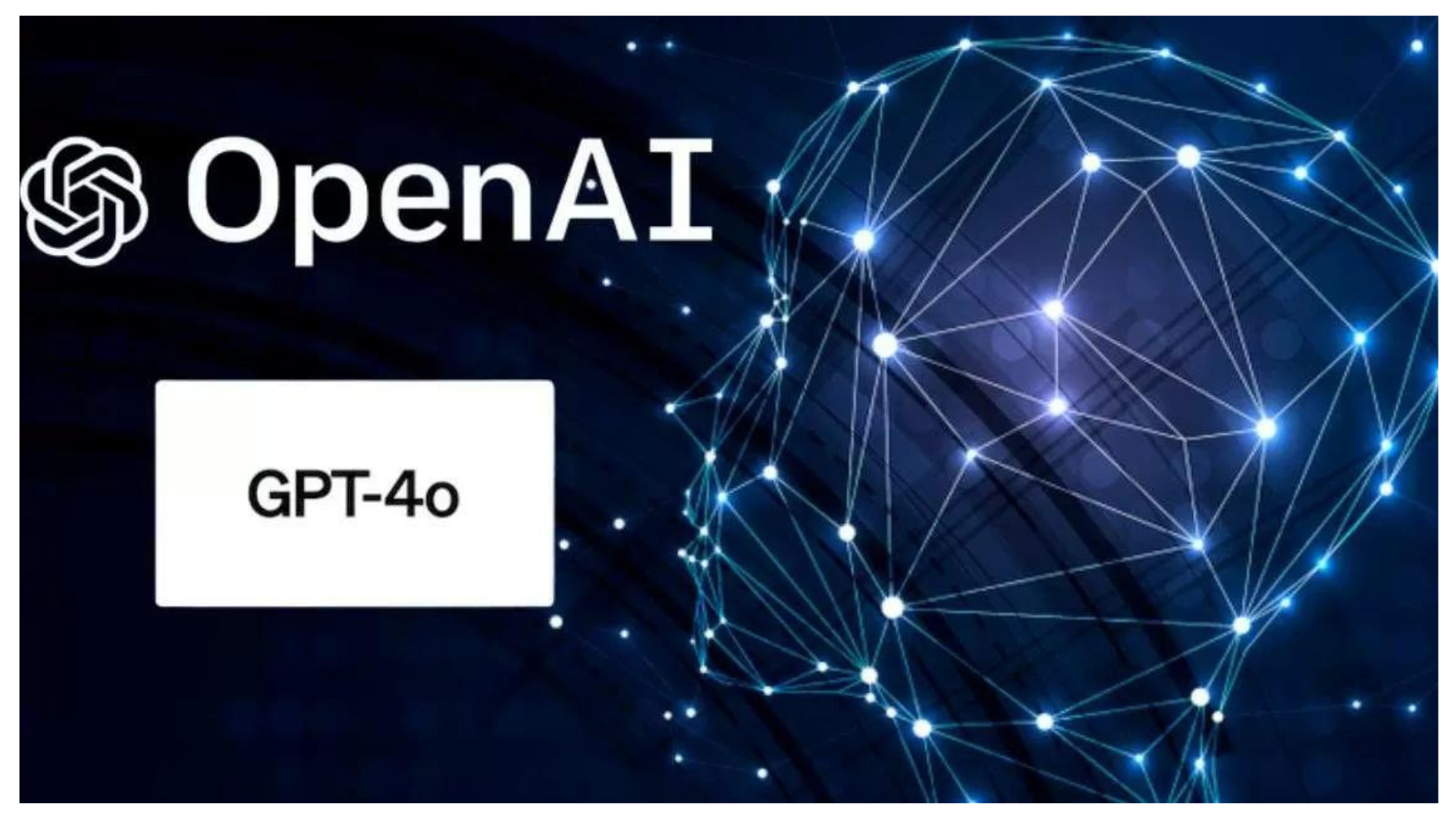
Multimodal content creation: Do you need poetry that was motivated by a picture? It’s manageable for GPT-4o. Based on a variety of prompts and inputs, it may produce a variety of creative text formats, including poetry, code, screenplays, musical compositions, emails, letters, etc. For example, you might give GPT-4o a scientific topic and ask it to create an interesting blog post describing it.
Interpretation of pictures and sounds: GPT-4o is able to examine and comprehend the information contained in photos and audio files. This makes a wide range of applications possible. To get it to come up with a creative writing prompt based on the setting, you might, for instance, show GPT-4o a photo of your vacation. Alternatively, you might play a song’s audio clip and ask GPT-4o to recognize the genre or create lyrics in a comparable manner.
Faster processing: GPT-4o, according to OpenAI, responds almost instantly, matching human reaction speeds. As a result, communicating with GPT-4o seems less like waiting for a computer to digest information and more like having a discussion with a real person.
How is GPT-4o used?
OpenAI has alluded to a free tier for GPT-4o, making it available to a large audience, while specifics are still being worked out. It is anticipated that premium plans will include enhanced functionalities and consumption caps.
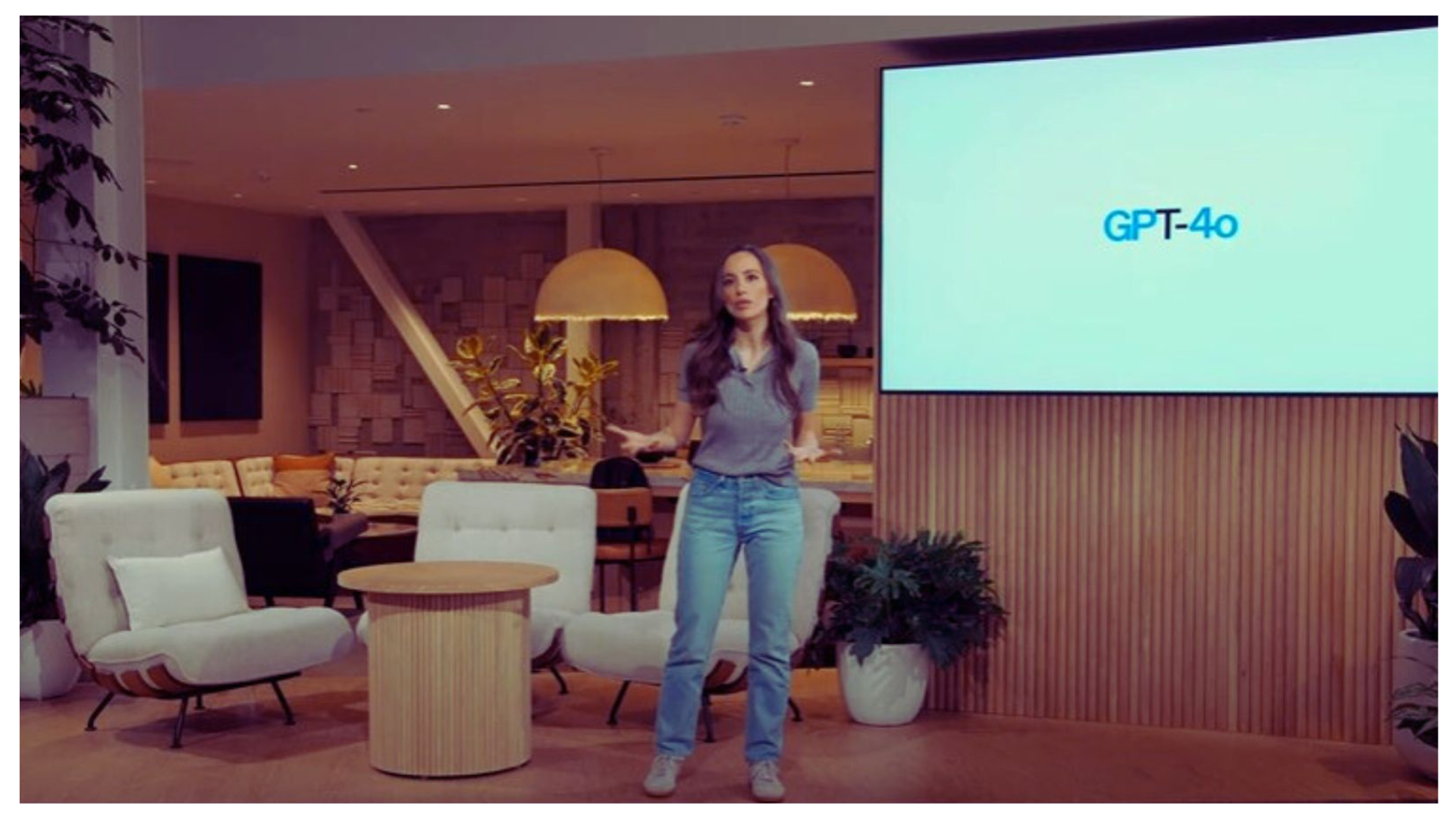
The firm is now introducing it gradually. GPT-4o, a potent new AI developed by OpenAI, is gradually becoming available. Through ChatGPT, users may already test out its text and picture capabilities. A free tier enables anyone to investigate its possibilities.
A Plus tier provides five times greater message limitations for a more comprehensive experience. Furthermore, ChatGPT Plus will soon release an early version of Voice Mode with GPT-4o, facilitating more organic communication.
With GPT-4o now available as a text and vision model via the OpenAI API, developers can also join in on the fun. Remarkably, GPT-4o offers five times the rate limitations, double the speed, and fewer expenses than GPT-4 Turbo.
GPT-4o’s release represents a significant advancement in AI usability and accessibility. Its multimodal features make it possible to engage with machines in a way that is more intuitive and natural. Watch this space for additional details on how GPT-4o can transform our relationship with AI, since OpenAI is anticipated to release it shortly.
